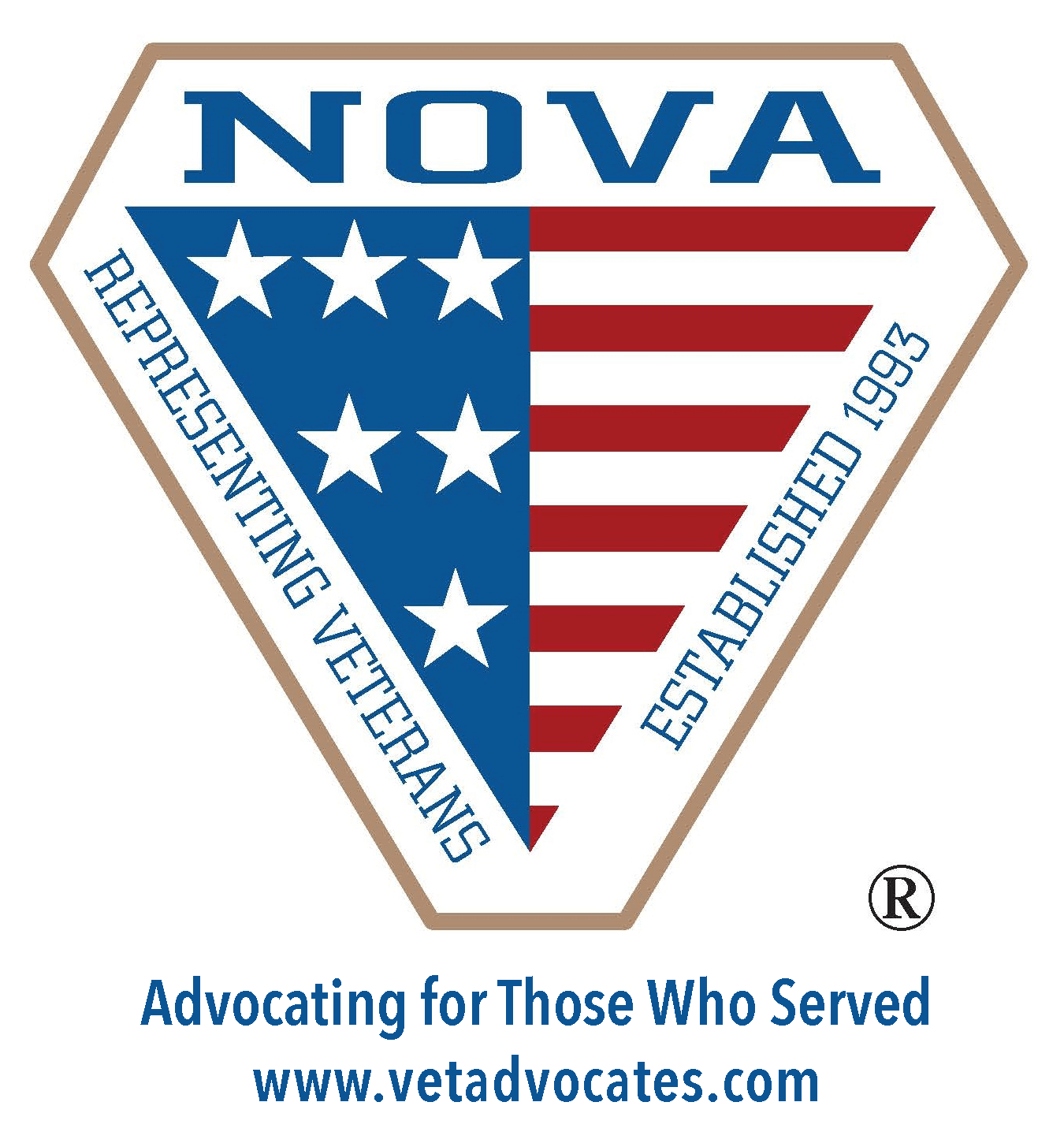If you are a veteran applying for disability benefits, you could experience a clear and unmistakable error (CUE) from the VA regarding your service connection or rating. It’s possible the VA may have made one of these errors in a past decision without you ever knowing it or catching it. CUEs often go undetected for years until someone experienced with VA law begins looking through your file.
Winning a VA CUE claim is notoriously difficult, but if you win a CUE case, it becomes a powerful tool that not only reverses previous VA decisions, but also restores all retroactive benefits you are owed. In other words, a CUE could help you win a much earlier effective date and thousands of additional dollars in missing back pay. Read on to learn more about how CUEs work and how they could affect your claim.
In this article about VA CUE claims:
What is a VA CUE?
Not all mistakes made by the VA are considered clear and unmistakable errors. According to the Code of Federal Regulations, in order for a mistake to be considered a CUE, three things must be true:
- The person issuing the decision on the claim failed to consider important facts or provisions, or applied them incorrectly.
- The error very clearly affected the outcome of the claim, and anyone would reasonably be able to see this.
- Only laws, provisions, and facts that existed at the time the CUE was made should be taken into consideration.
For example, changes in law at a later date that would have affected the outcome of the claim do not constitute a CUE. The VA failing in its duty to assist in gathering documents and evidence for you also does not constitute a CUE.
VA CUE claims may be made by a veteran who notices an error or by a VA disability appeal lawyer on their behalf. The VA will also sometimes find a CUE and should handle the issue appropriately.
VA CUEs are rare, very specific, and can be difficult to argue or prove, especially without legal help. However, they do happen, and filing a successful VA CUE claim can have a huge impact on your disability benefits.

What are examples of VA CUEs?
CUEs may vary widely. Some examples include:
- Your right to appeal your rating decision was never mentioned to you by the VA.
- A presumptive service connection for your condition was not applied.
- The VA improperly applied their established rules on rating reductions.
- Your VA medical records were not considered even though the RO had them.
Some specific examples of successful VA CUE claims include Look v. Derwinski and Akins v. Derwinski, which were decided by the U.S. Court of Appeals for Veterans Claims (CAVC). However, it is important to remember CUEs are relatively rare and difficult to argue or even find on your own.
Filing a motion for revision based on CUE
No specific form exists to file for a motion for revision of a decision based on a clear and unmistakable error, also known as a CUE claim. Veterans can write and sign such a request for revision or have their VA-accredited disability lawyer submit the request on their behalf.
A well-written claim to revise a CUE should very clearly and specifically explain what error was made and present an argument for why this error qualifies as a CUE. The letter should also explain how the outcome of the decision would be different if not for the VA’s mistake. Keep in mind, most mistakes will not be considered clear and unmistakable — they must fit all of the criteria listed above.
You may have just one chance to prove a CUE, making it more important to handle a CUE claim carefully or work with a disability appeal lawyer. Veterans are not entitled to claim a CUE on the same basis a second time once the BVA reaches a decision. That decision becomes final.
There is no time limit for filing a claim of a clear and unmistakable error by the VA. Even if the error was made decades ago, you can still bring the issue to the VA’s attention and seek the benefits you deserve.
Can I appeal or file a CUE claim?
Whether you appeal or file a CUE claim with the VA is your decision to make. However, there are several things you should know.
First, CUEs are rare and can be difficult to prove or find without the help of a VA-accredited attorney. Second, as mentioned above, there is no official form to use when filing a CUE claim. This can make it difficult to know how to properly begin the process. And third, you cannot claim a clear and unmistakable error was made the first time you appeal a VA decision. Knowing how and when to spot a CUE and file a CUE claim has not been made easy for veterans.
You also have one chance to prove a CUE based on your argument. If the VA decides your argument does not prove a clear and unmistakable error was made, that decision becomes final.
If you feel confident a VA mistake that affected your disability compensation qualifies as a CUE, you may want to speak to an attorney familiar with VA law before deciding what to do next.
What happens if you win a VA CUE claim?
If you file a claim to revise a clear and unmistakable error by the VA and win, two important things can happen.
First, the proper decision should be made on your claim. Most likely, if you are claiming a CUE was made on your VA decision, it’s because the VA made an error that caused your claim for benefits to be denied.
Second, your effective date for your claim may change as a result of the corrections. If your effective date changes, you may be owed thousands of additional dollars in missing back pay from the VA. While this is not always the case, corrections made based on CUE claims have the potential to change effective dates significantly.
“I honestly believe that:
1) Dealing with that VA requires an expertise that many of us do not possess.
2) Woods & Woods made the difference.
Their savvy expertise in dealing with the VA and their commitment to their clients exemplifies a level of professionalism and commitment that seems not to be the standard in today’s world.“
How our VA disability lawyers can help
Handling or even finding a clear and unmistakable error on your own is rare and difficult to handle. Our team at Woods and Woods has helped thousands of veterans nationwide win their VA appeals. Call us today for a free case evaluation to see if we can help you get the benefits you deserve. If we take your case and win, you’ll only pay a percentage of your back pay and some case expenses — we never touch your future monthly checks.
Talk to Us About Your Claim:
(866) 232-5777
FREQUENTLY ASKED QUESTIONS
No. The VA failing in their duty to assist a veteran with gathering medical and service documents for their claim is not a clear and unmistakable error.
CUEs are rare and very specific. Most VA mistakes will not constitute a CUE. Veterans will not often find CUEs on their own, but if they hire legal help, a veteran’s benefits attorney may notice a clear and unmistakable error.



